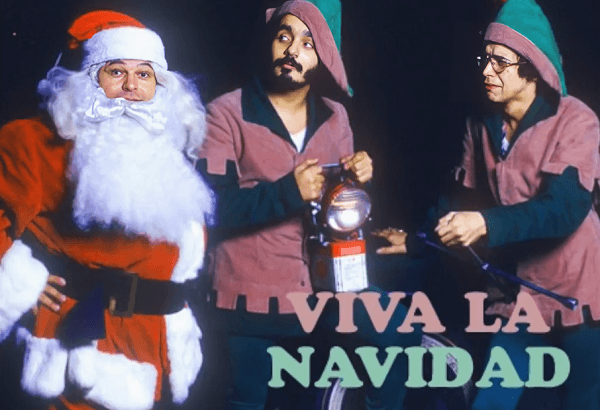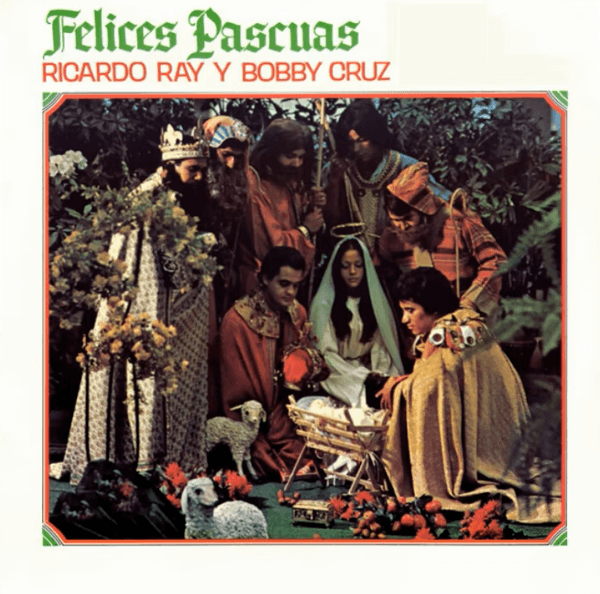On November 9, 2024, the second edition of the International Bailable in Honor of Our Heroes was held in Orlando, FL. The first edition of what is already shaping up to be an annual activity was held in November 2023. This unprecedented initiative is the brainchild of U.S.-based Puerto Rican salsa artist Edwin “El Calvito” Reyes. During both editions of the bailable, personalities within the music scene have been recognized for being pillars in the production, promotion and dissemination of the salsa sound.

The night before the bailable, a press conference was held in Kissimmee, FL. Afterwards, the five salsa generals of the year 2024 were named: Carmen Aguilar, Bella Martínez, Migdalia Sánchez, Herman Olivera and Richard Román. The ceremony was framed by the protocol and discipline characteristic of the civilian and military decorations that exalt with seriousness the personnel who fulfill the mission entrusted to them. In the first collation of salsa generals, invested in the 2023 ceremony, the work of the following was recognized: Chamaco Rivera, Eduardo Robles, Joey Hernandez, Luis Gonzalez and Richie Sanchez.
“The idea arose from the need to recognize the sacrifice of our heroes,” said ‘El Calvito’, adding: ‘I wanted to create a space where veterans could feel valued and celebrate with their loved ones’.
Since its first edition, the bailable and the activities surrounding it seek to acknowledge the commendable work and dedication of veterans, active duty military and other heroes of the community whose mission is to maintain the integrity and security of our nation, our communities and our families.
The bailable featured a good balance of established and emerging artists. Attendees enjoyed performances by Chamaco Rivera, Edwin “El Calvito” Reyes, Izis “La Enfermera de la Salsa”, Ivan Cacu and Christian Ray. Fernandito Rentas, Jai Ramos, José Cheo Torres, Harold Montañez and Wiki González were the evening’s special guests. Last year, the artists who also celebrated with “El Calvito” the 5th anniversary of his so-called salsa nueva were: Melina Almodovar, Kharim Santos, David Atanacio, Christian Ray, Fabian Rosales and the ensemble Reunidos por la salsa.

The production of Con Clase Media Group and La Feria Salsera, with the collaboration of Taíno Shirts and Latinos in uniform was at the level of any concert of international stature. Thus, “El Calvito” has materialized an unprecedented idea, achieving the recognition of the sacrifice of the heroes of the nation, in the key of salsa. For the second consecutive year, the novel initiative brought together a large number of veterans, family members and members of the community, who are also followers of salsa. This staging, at the initiative of “El Calvito” promotes respect and gratitude to those who have served the nation from different trenches.
Having been more than pleased, we have reserved in our agenda the weekend of November 7-9, 2025, to go to Orlando, FL to celebrate the third “wikén de sabrosura para nuestros héroes”. Once again, the team led by Reyes will aim to pay tribute to U.S. military veterans, as well as police officers, firefighters and first responders who have dedicated their lives to protecting and serving the nation. November 8 already promises to be a night full of music, dancing and recognition.

Images: Jefferson López
Also Read: Sessions from La Loma brings together salsa fans from all over the world in Puerto Rico












